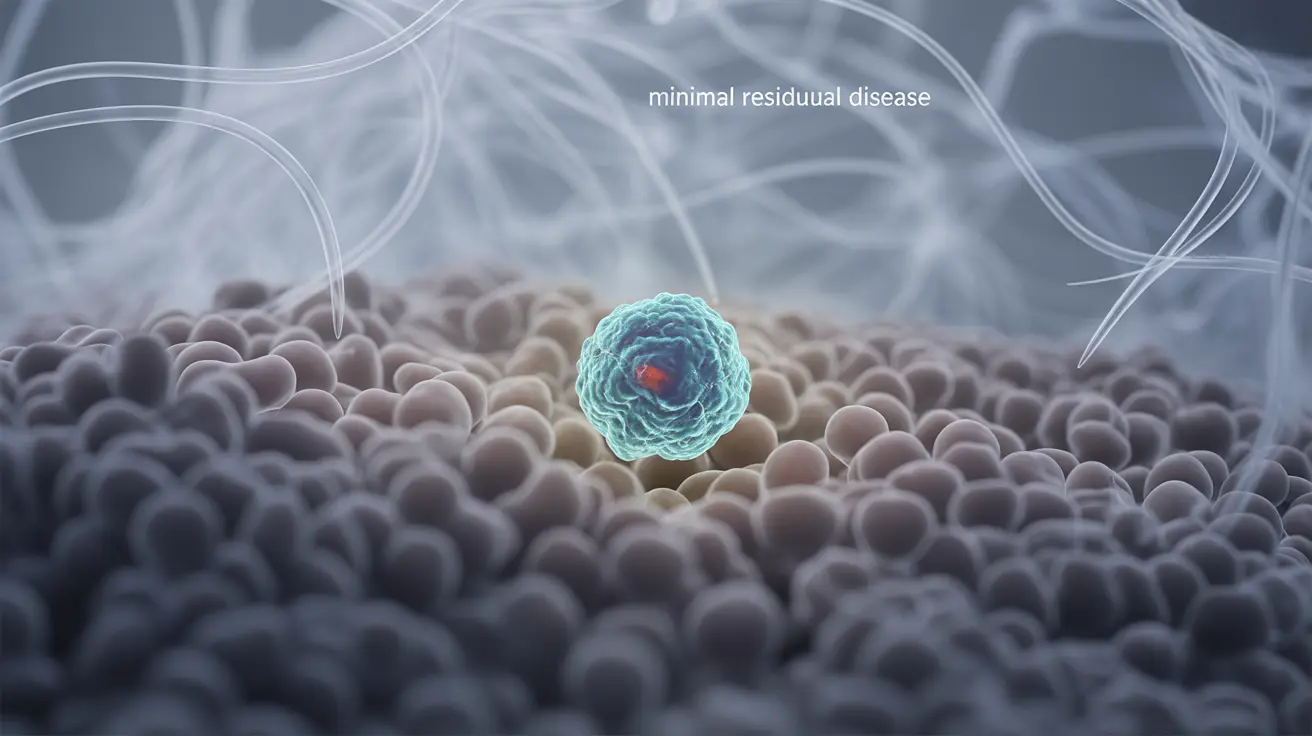Minimal Residual Disease (MRD) testing represents a breakthrough in modern cancer care, offering doctors and patients a highly sensitive method to track treatment effectiveness and detect potential cancer recurrence. This advanced diagnostic tool can identify even the smallest traces of cancer cells that might remain after treatment, helping healthcare providers make more informed decisions about ongoing care.
As cancer treatment technologies continue to evolve, MRD testing has become increasingly important in personalizing treatment approaches and improving patient outcomes. Understanding how this testing works and its significance in cancer care can help patients better navigate their treatment journey.
How MRD Testing Works
MRD testing employs sophisticated laboratory techniques to detect cancer cells that may remain in the body after treatment. These tests are significantly more sensitive than traditional imaging methods, capable of finding one cancer cell among a million normal cells.
The testing process typically involves analyzing blood, bone marrow, or other tissue samples using advanced molecular techniques. These may include:
- Flow cytometry
- Polymerase chain reaction (PCR)
- Next-generation sequencing (NGS)
- Digital PCR
Types of Cancers Monitored Through MRD Testing
While MRD testing is particularly valuable in blood cancers, its applications continue to expand. The primary cancer types where MRD testing proves most beneficial include:
- Acute lymphoblastic leukemia (ALL)
- Chronic lymphocytic leukemia (CLL)
- Multiple myeloma
- Various types of lymphoma
The Impact of MRD Testing on Treatment Decisions
MRD testing results play a crucial role in guiding treatment decisions. Healthcare providers use these results to:
- Evaluate treatment effectiveness
- Adjust therapy protocols when necessary
- Determine the timing of maintenance therapy
- Predict the likelihood of relapse
- Plan long-term monitoring strategies
Interpreting MRD Test Results
Understanding MRD test results requires careful interpretation by healthcare professionals. A negative MRD result indicates no detectable cancer cells within the test's sensitivity limits, while a positive result suggests the presence of remaining cancer cells. However, these results must always be considered alongside other clinical factors for optimal treatment planning.
Future Developments and Advances
The field of MRD testing continues to evolve rapidly, with new technologies and applications emerging regularly. Researchers are working to:
- Increase test sensitivity and accuracy
- Expand applications to more cancer types
- Develop standardized testing protocols
- Create more accessible and cost-effective testing methods
Frequently Asked Questions
What is Minimal Residual Disease (MRD) testing, and how does it help in cancer treatment?
MRD testing is a highly sensitive diagnostic technique that detects remaining cancer cells after treatment. It helps doctors evaluate treatment effectiveness, predict potential relapse, and adjust treatment plans accordingly. This testing can detect one cancer cell among a million normal cells, making it far more precise than conventional imaging methods.
Which cancers can be monitored using MRD testing, and which methods are most commonly used?
MRD testing is primarily used for blood cancers like leukemia, lymphoma, and multiple myeloma. Common testing methods include flow cytometry, PCR testing, and next-generation sequencing. Each method has specific advantages and may be chosen based on the cancer type and individual patient factors.
What does a positive MRD test result mean, and how does it impact cancer treatment plans?
A positive MRD test result indicates that cancer cells are still present after treatment. This finding often leads to treatment plan adjustments, which may include intensifying therapy, switching to alternative treatments, or implementing more frequent monitoring protocols.
How often should patients undergo MRD testing after initial cancer treatment, and what are the benefits of regular monitoring?
The frequency of MRD testing varies by cancer type and individual risk factors, but it typically occurs at regular intervals during and after treatment. Regular monitoring helps detect potential relapse early, allows for timely intervention, and provides valuable information about treatment effectiveness.
What are the limitations and potential future developments in MRD testing for blood cancers like leukemia and lymphoma?
Current limitations include standardization challenges, cost considerations, and availability of testing facilities. Future developments focus on improving sensitivity, expanding applications to more cancer types, and developing more accessible testing methods. Researchers are also working on integrating artificial intelligence to enhance result interpretation and prediction accuracy.




